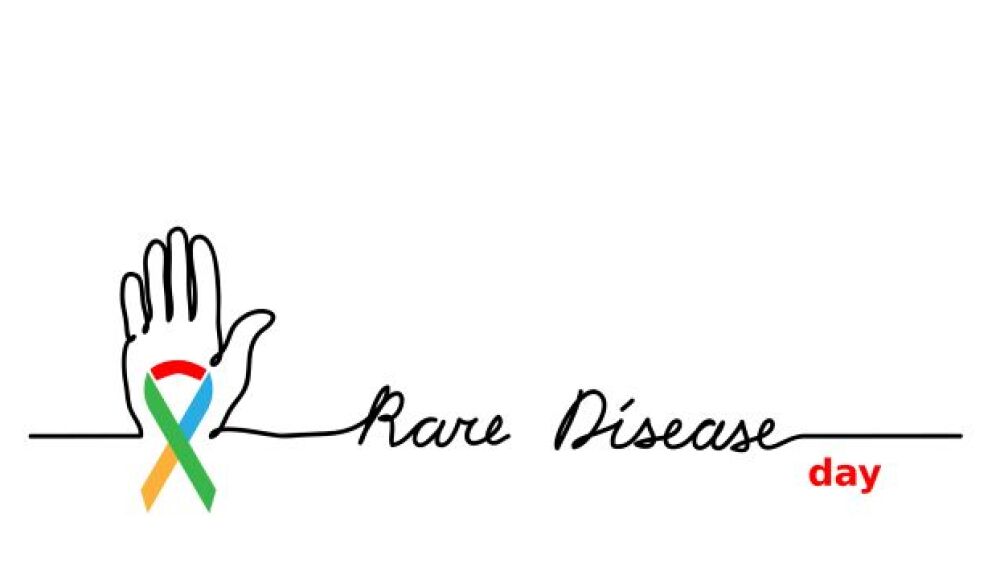With nipocalimab, Janssen is hoping to take one big swing and knock the power right out of these autoantibodies.
Several all-too-common diseases have awareness ribbons: Breast cancer has pink, prostate cancer blue, and AIDS research is recognized with a red ribbon. Yet, if you are one of the world’s nearly 300 million people suffering from a rare disease, you might wonder: where is my ribbon? Where are the dollars dedicated to finding a cure for my illness? For those with any one of 10 rare immunological and neurological diseases, Janssen believes it may have an answer.
In honor of Rare Disease Day – February 28 – BioSpace sat down with Neely Mozaffarian, M.D., Ph.D., VP and autoantibody pathway area leader and Hong Sun, M.D., Ph.D., senior director, global compound development team leader, neuroscience at Janssen Research & Development to discuss nipocalimab, a drug the company calls a “pipeline in a pathway.”
If antibodies are superheroes, helping to protect the human body against viruses and bacteria, autoantibodies are what happens when the superhero gets drunk on power. In patients with autoantibody-driven diseases, the antibodies recognize the patient’s own tissues as invaders and go on the attack, causing diseases such as Myasthenia gravis (MG) and Warm Autoimmune Hemolytic Anemia (wAIHA). MG impacts 14-40 per people per 100,000, while wAIHA affects 1-3 out of 100,000 people.
In MG, autoantibodies cause weakness and fatigue of the muscles under voluntary control and can interfere with breathing and swallowing. In wAIHA, autoantibodies attach to and destroy red blood cells at temperatures equal to or greater than normal body temperature, leading to severe anemia. Autoantibodies also play a role in more common diseases like Lupus and rheumatoid arthritis, where Mozaffarian said, “it is unclear if they’re playing the central role, but they’re playing some role.”
With nipocalimab, a fully human effectorless Immunoglobulin G (IgG)1 anti-neonatal Fc receptor (FcRn) monoclonal antibody, Janssen is hoping to take one big swing and knock the power right out of these autoantibodies.
“It has a very elegant design because it uses the body’s own disposal system for circulating antibodies,” Mozaffarian explained. The IgG circulating in our blood are normally processed by the FcRn. Depending on how this receptor binds to the IgG, the IgG are either returned to the bloodstream or degraded, with the materials going to make new proteins. “Nipocalimab utilizes this FcRn system and blocks the FcRn from binding to the IgG so that it’s not recycled back into the blood, and so it’s rapidly degraded from the bloodstream.”
After receiving the drug, IgG levels in the bloodstream should be reduced, including any pathogenic or disease-causing IgG that are circulating.
Janssen scored this promising asset in Johnson & Johnson’s 2020 acquisition of Momenta Pharmaceuticals. At the American Academy of Neurology (AAN) Virtual Meeting in April 2021, the company presented what it called “encouraging” results of a Phase II trial in adults with generalized MG. Nipocalimab is currently being studied in Phase III in the same indication. It is also being assessed in various other pivotal trials for wAIHA and Sjogren’s syndrome – an autoimmune disease causing severe dry eyes and dry mouth, among myriad other restrictive symptoms.
Nipocalimab is unique in its precision targeting approach. “Other drugs and investigational therapies for these autoimmune diseases often target large portions of the immune system, so they may be globally immunosuppressive. Nipocalimab is a little bit more surgical in its approach. It’s able to go in and specifically remove circulating IgG without touching other components of the immune system,” Mozaffarian said.
She added that nipocalimab could potentially help to alleviate many adverse effects associated with a more widespread type of treatment.
“For Warm Autoimmune Hemolytic Anemia, patients are often treated with two milligrams per kilogram of prednisone, and if you imagine you have a 75-kilogram patient, which is probably around average for an adult in this country, then that’s 150 milligrams of corticosteroids per day,” she said. “So if you can avoid giving that to your patient, I think that would be a nice option to have.”
While corticosteroids and immunosuppressants are currently used to treat MG, Sun said that “up to 20% of patients do not respond to these drugs and are left without viable therapeutic options.” With an anticipated efficacy, safety and tolerability profile, she said nipocalimab could address this unmet medical need.
Nipocalimab is also being investigated for the treatment of Hemolytic disease of the fetus and newborn (HDFN), a disorder that occurs when the blood types of a mother and baby are incompatible. The condition occurs in 3 to 80 out of 100,000 pregnancies each year.
“During pregnancy, the maternal IgG alloantibodies cross the placenta via the FcRn pathway, where they bind to fetal red blood cells, leading to hemolysis and anemia in the fetus and newborn,” Sun explained. HDFN can result in critical outcomes for babies, including significant anemia, organ damage and even death.
“Current [treatment] options include performing intrauterine blood transfusions to the baby prior to birth, infusing the mother with intravenous immunoglobulins (IVIg, pooled from thousands of human donors), or removing antibodies from the mother’s blood using plasma exchange,” Sun said. “In some cases, all three of these interventions are needed in the same pregnancy, and early delivery is still sometimes required.” Nipocalimab, she said, could potentially provide increased safety and efficacy, for both the mother and child.
While Janssen is currently assessing the drug in 10 indications, Mozaffarian said, “given that there are probably more than 70 autoantibody-driven diseases, the potential for nipocalimab is quite significant.”








